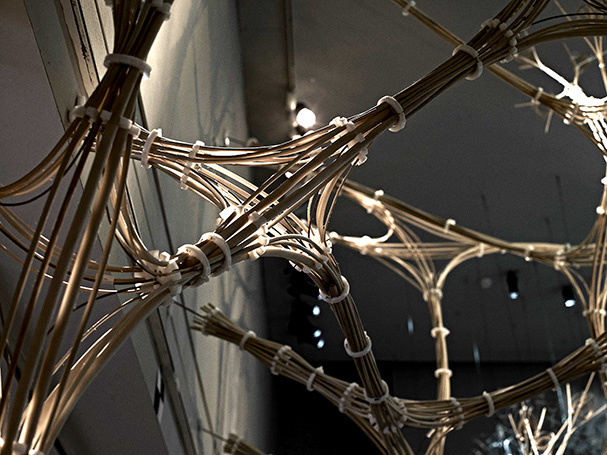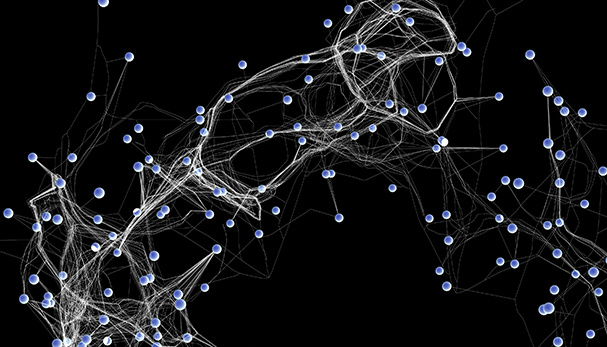David Stasiuk: Activating the Parameter Space in Computational Design Modelling

Parameter space operates as a primary component in the encoding of a computational architectural design model. Its features organise initial conditions and supply the algorithmic elements of a design model with references for thresholds and dimensionality and for keying the execution of the model’s code-driven decisions.
Furthermore, performance criteria for the evaluation of iterative design processes are established and managed in a model’s parameter space. Variations of parameter values as both input and output – through some mix of systematic, logical, and intuitive actions – empower the designer to interrogate the computational model and test or leverage whatever capacities it may have for optimisation, versioning, localised deployment, or design exploration.
This thesis work is embedded in CITA’s larger Complex Modelling project. Through a series of modelling experiments – some physically realized through digital fabrication techniques and others remaining wholly digital – this thesis explores the potential for the formation of incrementally responsive, simulation-driven re-parameterisation processes that afford the parameter space the ability to exhibit explicitly adaptive characteristics within a design cycle.

It ultimately speculates on the potential for an emergent parameter space in which new parameter features may be formed through the modelling process itself, endowing the computational model with some form of epistemic autonomy and reflecting back to the designer a better means to develop new algorithmic intelligence and identify novel relationships between explicitly coded parameters.
The contribution of this research is derived from locating these approaches both as a series of procedures for application in praxis and as an idea space operating within the existing theoretical frameworks associated with computational design.




